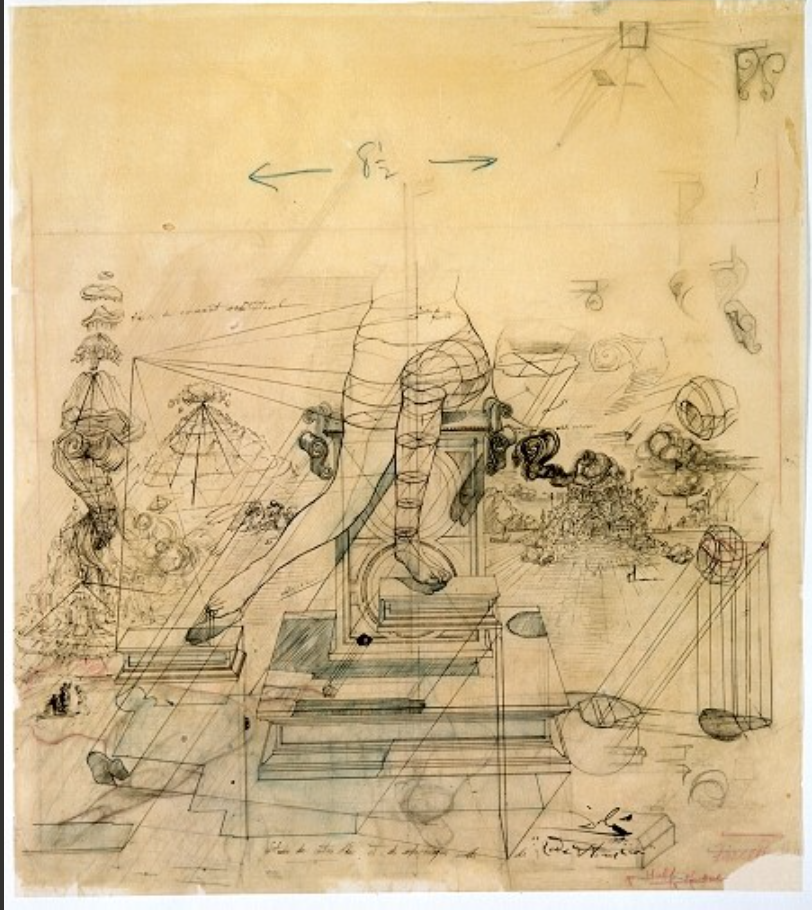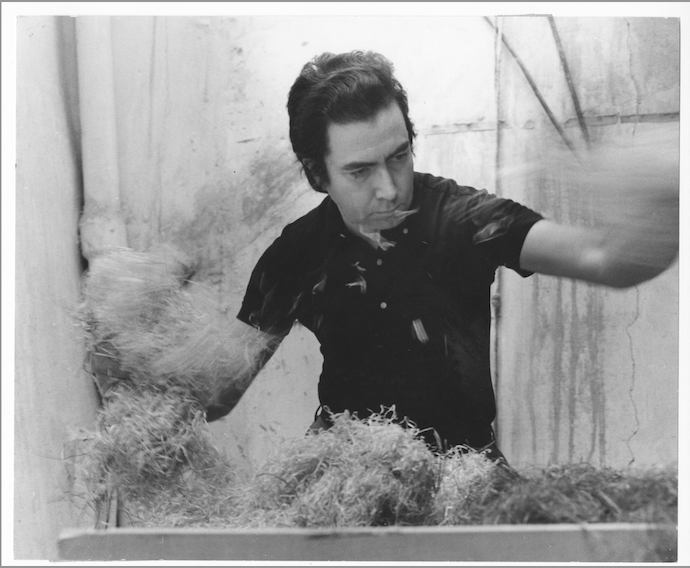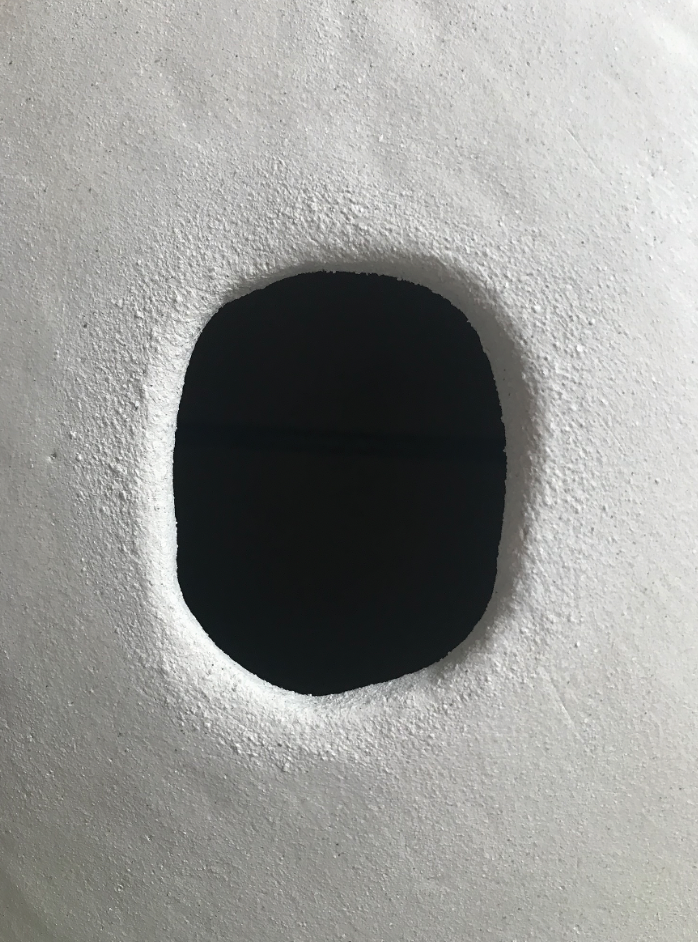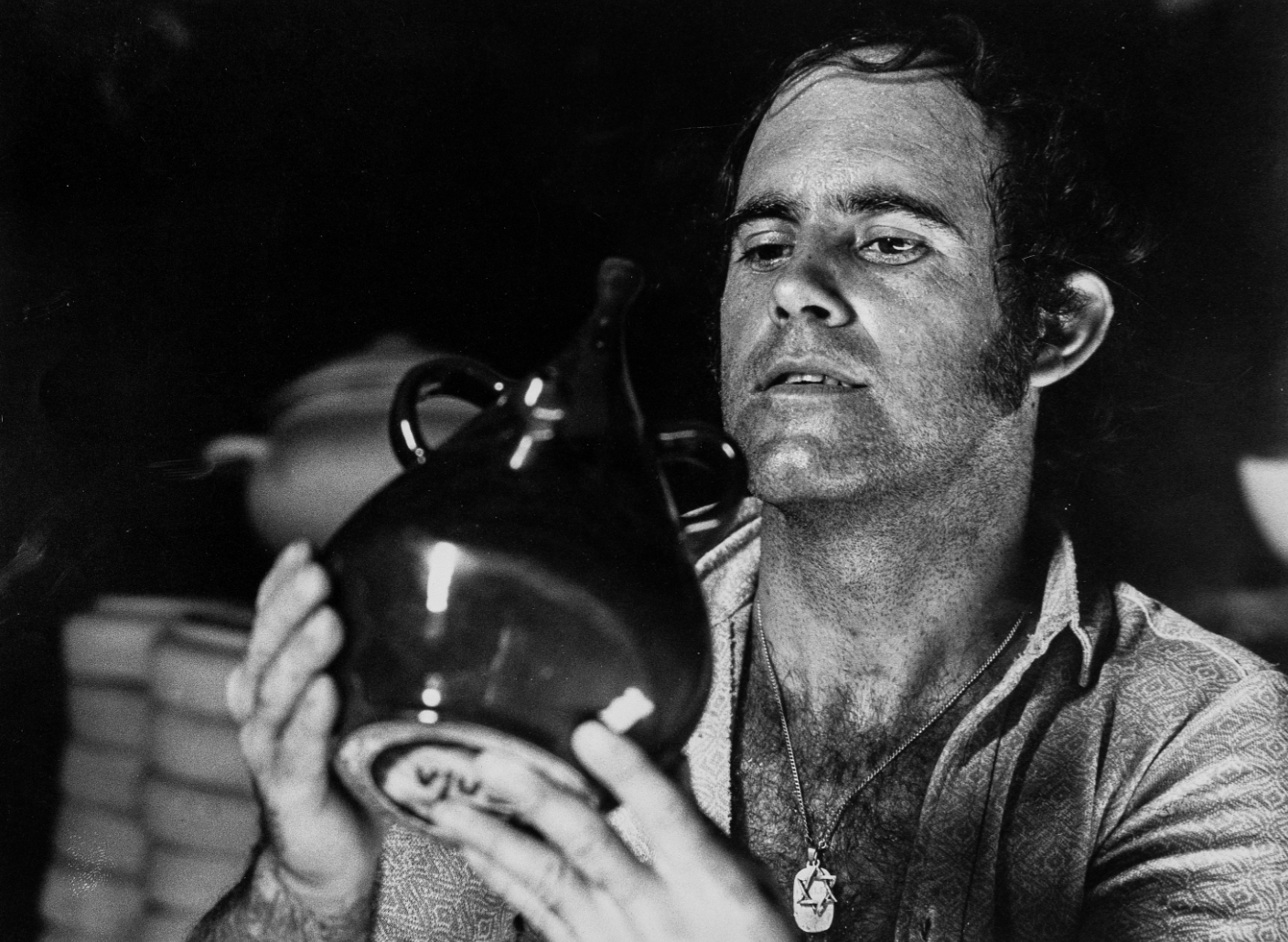Exhibitions
Donation Pere Formiguera. The creative impulse' at the MNAC
The incorporation of Pere Formiguera's collection is key to the Museum's photography collection and to studying in depth an author who was pivotal in his generation
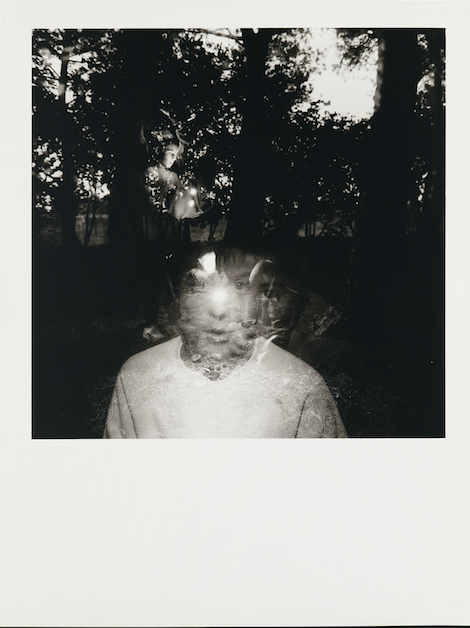
The National Art Museum of Catalonia is exhibiting, from December 15, 2023 to April 21, 2024, a selection of the collection of the photographer Pere Formiguera (Barcelona 1952-2013) deposited by the family at the Museum, an income of more of thirty extensive photographic series that allow us to delve deeper into the work of this fundamental author for the photography collection.
Multifaceted artist, historian of photography, writer, collector and curator of exhibitions, the figure of Pere Formiguera is key to understanding the photography of the first generation of artists who adopted it as a means of expression in our country .
The collection that has entered the MNAC includes more than 4,000 photographs on paper, most of which are signed original copies, but we also find artist's evidence that is essential to understanding Formiguera's creative process; over 1,000 slides and 3,900 contact sheets. Also part of this large donation is part of his library, mostly books and magazines in which he published, and also many others that tell us about his photographic interests and tastes, as well as personal archival material, such as writings, studies and personal documentation. This fund, which has been subjected to intensive work of cleaning, restoration, digitization and inventory, will be transformed into a very generous donation by the family.
The National Museum particularly values the extraordinary effort made by the brothers Xavier, Anna and Santi Formiguera, who have taken care and preserved their brother's archive to pass it on to future generations. A fund, of great richness and diversity, which now, thanks to the Formiguera family, becomes part of everyone's photographic heritage.
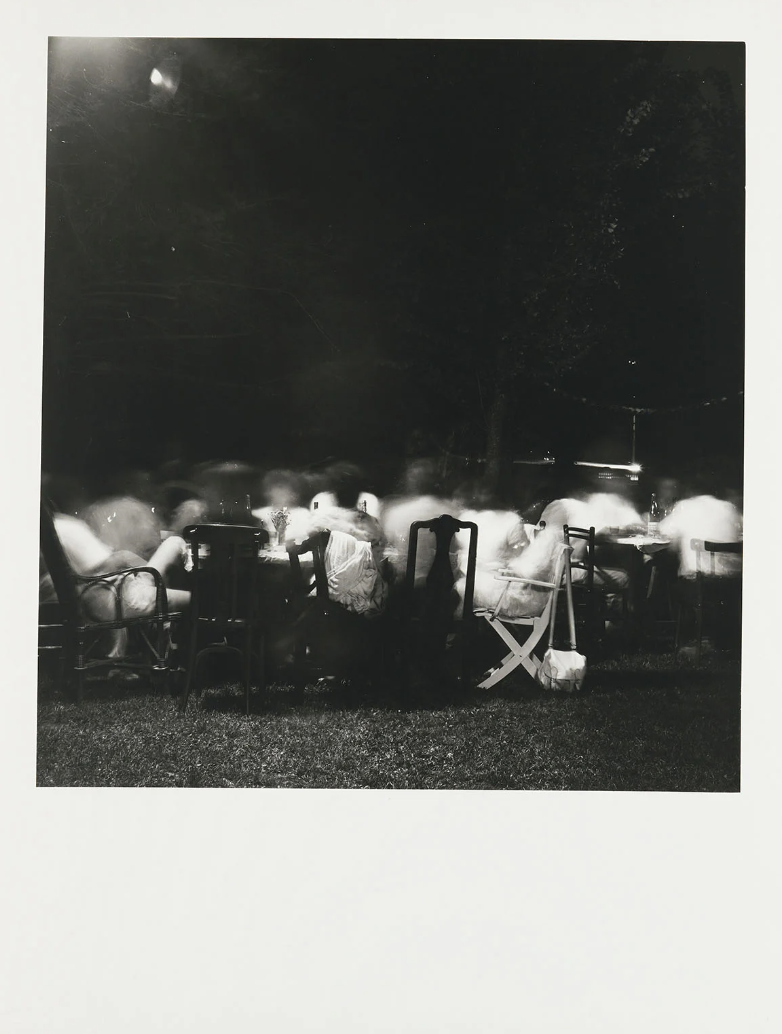 Pere Formiguera, sèrie Pixies, 1985
Pere Formiguera, sèrie Pixies, 1985
In the words of Santi Formiguera, "The brothers Xavier, Anna and Santi Formiguera make this donation in the hope that the conservation and dissemination of Peter's work, by the MNAC, will allow it to be kept alive, both for the Museum's visitors as for the researchers of his work, the excited memory that his friends and the entire Formiguera family keep of the figure of our brother Pere".
Pere Formiguera believed in free photography with artistic autonomy; it is for this reason that the work he has left us is multiple and diverse. He is not governed by the canons of classic photography, but transcends them by looking for new ways of approaching them. So much so that among his works we find painted photographs, Polaroids, sequences of images, works made over the course of many years, as is the case of Cronos, and also his latest unpublished works. At the same time, the complete vision of this background allows us to delve deeper into its major themes, such as the body, identity, the passage of time, or a deep reflection on the nature of the photographic image and representations of reality . On the other hand, it allows an in-depth analysis of his work and an understanding of the different working methodologies he adopted throughout his artistic career, making this fund essential for those researchers who wish to study the work of Pere Formiguera and his generation
The MNAC's photography collection brings together nearly 50,000 of the most outstanding and representative works made in Catalonia, from the origins of the medium, in 1839, to the present day. The fund has been enriched through donations, deposits such as that of the Agrupació Fotogràfica de Catalunya and acquisitions of works. Among the names represented are, among others, Joaquim Pla Janini, Pere Català Pic, Emili Godes, Mey Rahola, Josep Maria Casals i Ariet, Antoni Campañà, Agustí Centelles, Joan Colom, Francesc Català-Roca, Oriol Maspons, Joana Biarnés, Humberto Rivas, Colita, Toni Catany, Pere Formiguera, Manel Esclusa and Joan Fontcuberta. Photography forms part of the Museum's temporary exhibition program each year and, permanently, the public can admire a careful selection of around a hundred images from the collection in the modern art rooms. In recent years, in the context of the National Photography Plan, the fund has grown exponentially and has turned the MNAC into a center of reference for the conservation and dissemination of the Catalan public photographic heritage. In this sense, and in order to promote photography at the Museum, aside from the exhibitions, we are launching the MÉS FOTOGRAFIA activities program from this exhibition. With this initiative, we want to deploy a range of actions to bring the world of photography closer to all types of adult and family audiences, in order to deepen knowledge of the background, the history of photography in Catalonia and other aspects such as reflection around the gaze. In this line, the National Museum of Art of Catalonia will deploy a program of activities to make our collection more accessible and lived.





